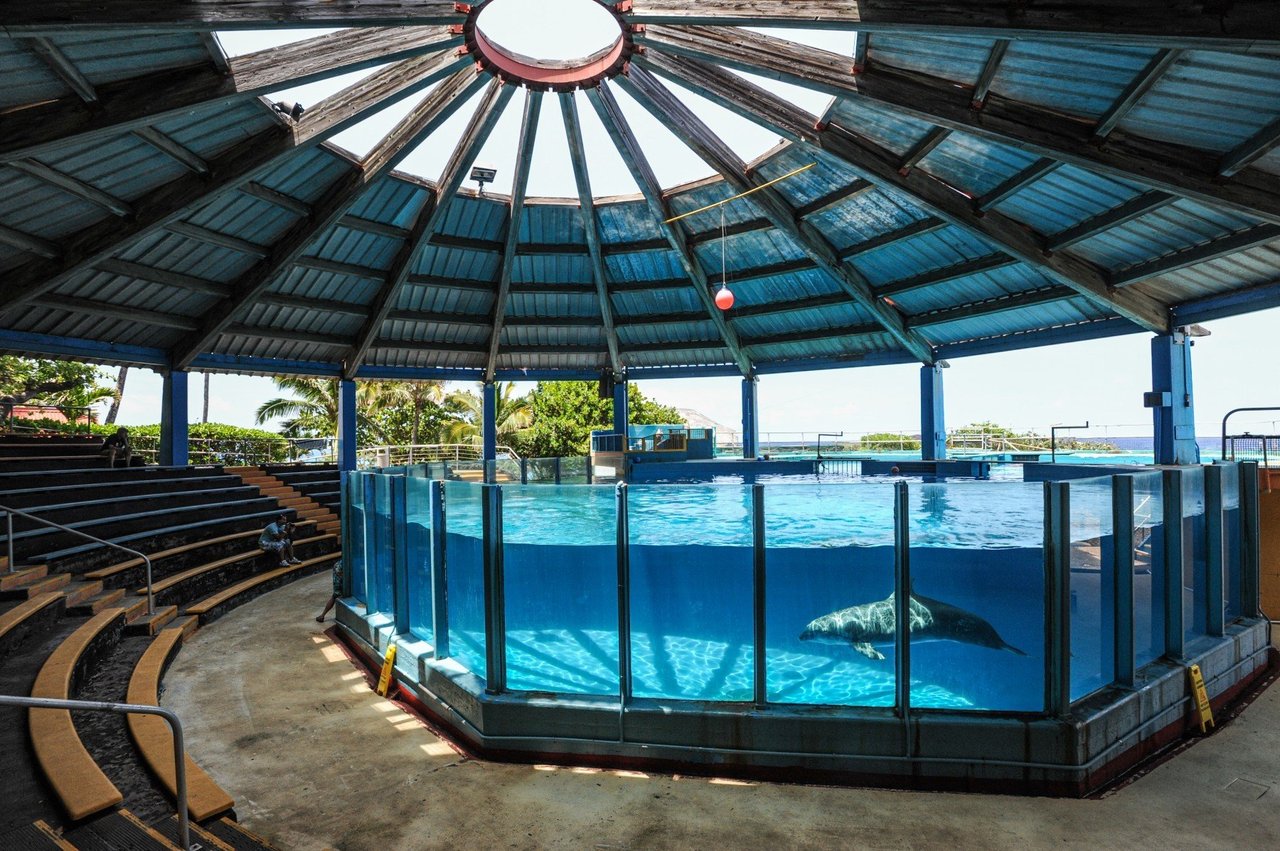
One of the original animal welfare concepts, the “Five Freedoms,” has increasingly been found to be limited in its assumption that the absence of (or “freedom” from) negative states would ensure high welfare. The more modern animal welfare concept of the Five Domains considers nutrition, environment, health, and behavior as governing inputs that result in a range of mental states from negative to positive:
|
Five Freedoms |
Five Domains |
|
|
|
|
|
|
|
|
|
|
Together with concepts such as the Quality of Life spectrum (or Good life or Life worth living), the Five Domains enables1 us to only minimize negative experiences but also enable and raise positive experiences to ensure the highest welfare throughout an animal’s life. To what degree such high welfare can be achieved depends on, to give a few examples, whether a species has adapted to captivity through domestication, their species-specific needs, each individual animal’s characteristics and preferences, and on the available resources and prevailing motivations by people keeping the animals to prioritize welfare over the animal’s value as a commodity.
Of particular concern are commercial practices that depend on captive wild animals. The animal welfare concepts outlined here can serve to improve captive conditions for wild animals but should not be used as a justification for continuing practices deemed unacceptable in principle.
Captive dolphin Hawaii dolphinarium
How the Five Domains works in practice
To see how the Five Domains compares to the Five Freedoms in practice, it is helpful to take a few examples of previous welfare requirements governed by the Five Freedoms and see how those welfare requirements change under the Five Domains. In the table below, we use examples from ABTA – the UK travel trade association for tour operators and travel agents, which worked with World Animal Protection and other leading animal welfare NGOs on moving from the Five Freedoms to the Five Domains in 2019.
|
Table 1: The Five Domains and how they relate to previous and new ABTA Welfare Requirements for animals managed and/or dependent upon human beings |
|||
|
Five Domains |
Previous ABTA Minimum requirements |
New ABTA Welfare requirements |
Rationale |
|
Nutrition
|
All animals have regular, daily access to adequate and clean drinking water in line with their needs. |
All animals have unrestricted daily access to adequate and clean drinking water in line with their species-specific needs. |
Animals should have “unrestricted” access to water in captivity, so they are not just able to be saved from thirst but can express drinking preferences at will. |
|
Environment
|
All animals should be able to seek shelter from extreme weather conditions and privacy from view. |
All animals should be able to access shelter and a climatic environment suitable for their species-specific needs and seek privacy from view. |
Animals should be able to seek shelter based on their needs not on a subjective interpretation of “extreme weather” designed to save them from distress. |
|
Behavior |
In captivity, enclosures (including pools) or methods used to contain the animals for temporary periods allow all the animals to move and exercise freely, and to maintain sufficient distance from other animals in case of conflict. |
In captivity, enclosures (including pools) or methods used to contain the animals for temporary periods allow all the animals to move and exercise freely, and to maintain sufficient distance from other animals in case of conflict. And animals should have the opportunity to interact regularly with other member of their species |
Interactions with other animals should not just be based on the avoidance of conflict, but also the promotion of positive welfare opportunities. |
The more we’ve come to learn about animal sentience and physiology, the more important it has become to provide them with the domains that allow them to enjoy positive experiences, as well as avoid negative ones. Reframing welfare criteria to allow for animals to have more fulfilled lives has the potential to raise minimum standards of animal welfare as our understanding of animals improves.
Sources:
1 David J. Mellor. Updating Animal Welfare Thinking: Moving beyond the “Five Freedoms” towards “A Life Worth Living”. In Animals 2016, 6(3), 21
